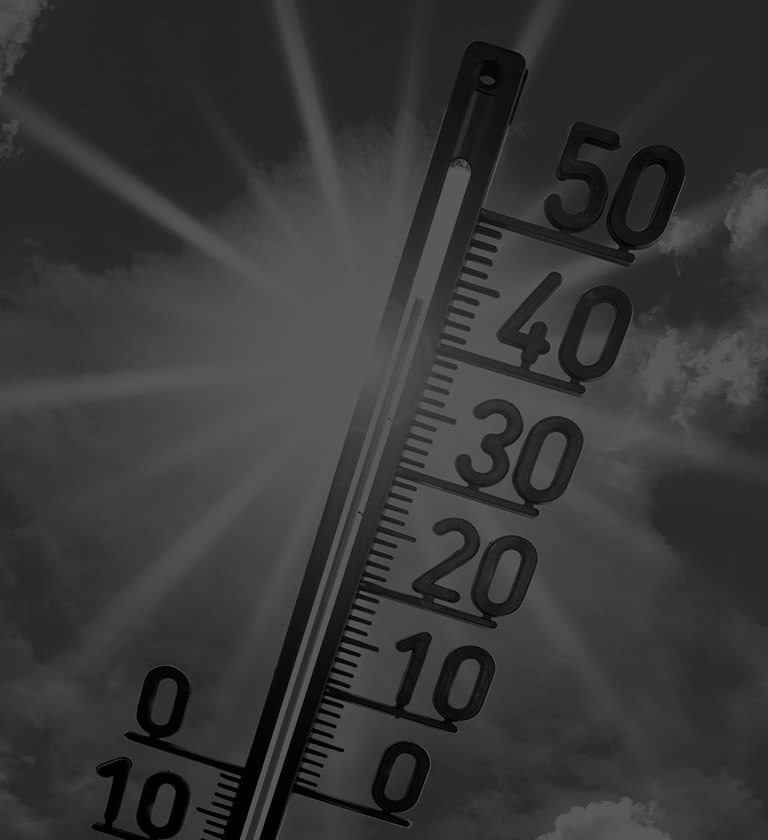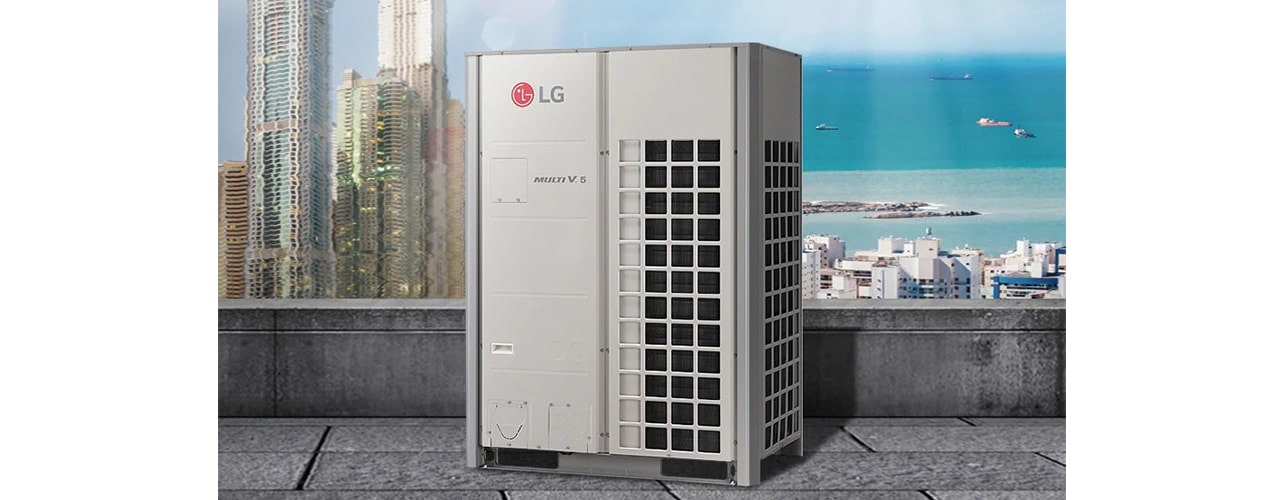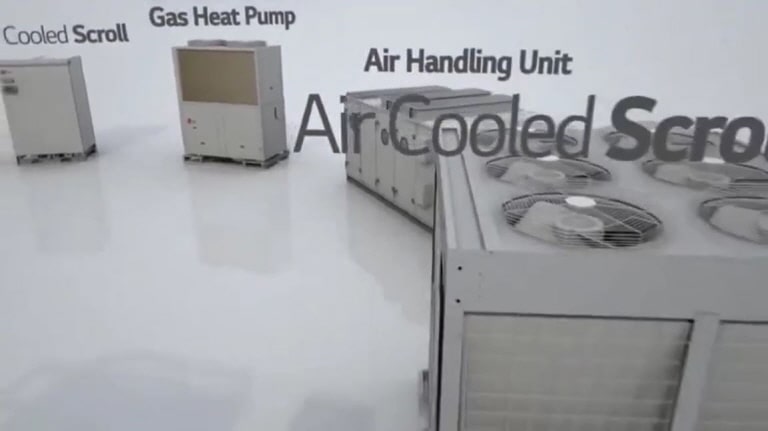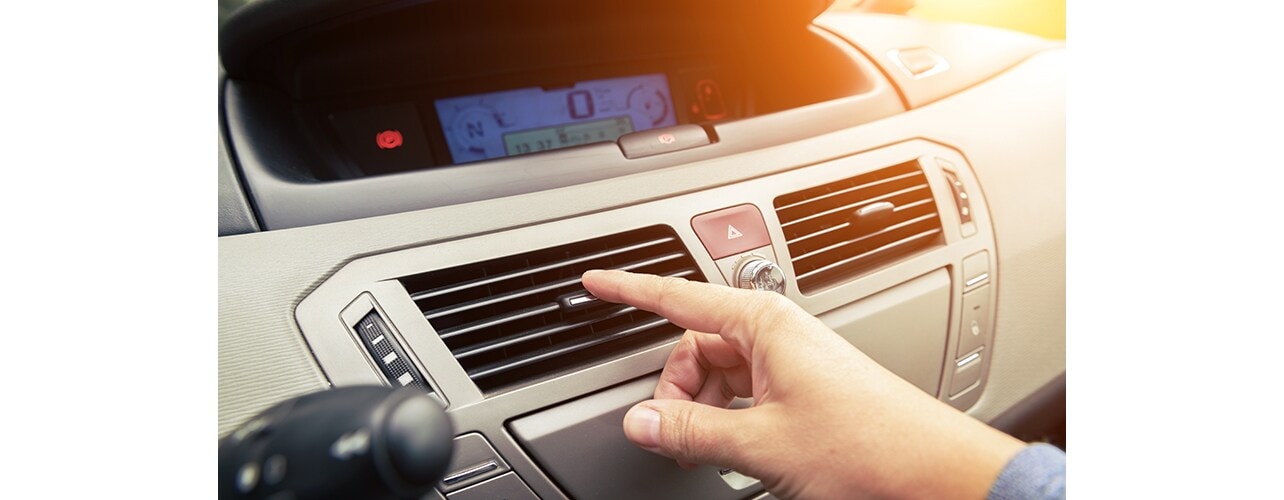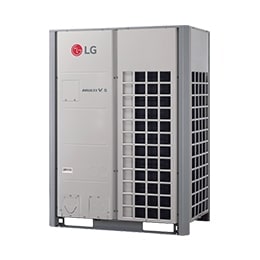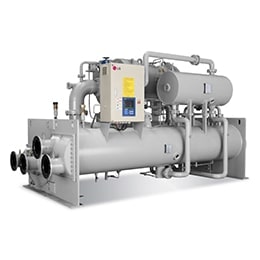We use cookies, including cookies from third parties, to enhance your user experience and the effectiveness of our marketing activities. These cookies are performance, analytics and advertising cookies, please see our Privacy and Cookie policy for further information. If you agree to all of our cookies select “Accept all” or select “Cookie Settings” to see which cookies we use and choose which ones you would like to accept.
It’s officially summer in the Northern Hemisphere. While most of us are looking forward to getting outdoors and enjoying the sun, we may take for granted the systems that keep us cool indoors. There are many complex systems in place that keep us cool in our homes, offices and even in our cars. From Variable Refrigerant Flow (VRF) systems and chillers to components like compressors and condensers, all of these systems stay running in the background while we enjoy the cool air, they provide to keep us comfortable and safe in the summer. Let’s take a look at a few of the elements that make the scorching summer heat more bearable.
Components like compressors are at the core of keeping us cool
Components of Comfort
There are many different types of air conditioners but most of them all include 3 main components. The components that make up an air conditioning system are the compressor, condenser and evaporator. An air conditioner draws warm air from inside a building and coils within the evaporator unit, which are filled with refrigerant in a gaseous state, absorb this heat. The compressor then compresses the refrigerant molecules very tightly, which raises the temperature and the pressure of the refrigerant. Since heat naturally moves from warm to cool surfaces, the heat in the refrigerant then moves to the cooler temperature surfaces outdoors where it is released by the condenser. The refrigerant then moves back to the evaporator where the process begins all over again. The process may seem simple, but these components are performing an essential job that is taking place behind the scenes whenever you’re enjoying cool air indoors.
VRF systems provide powerful cooling all summer long
VRF Relief
VRF systems have become a popular option for air conditioning systems, offering some of the most versatile and powerful air conditioners available. VRF air conditioners are primarily ductless HVAC systems that use heat pumps or heat recovery systems for powerful climate control. The structure of these systems allows a single outdoor unit to supply refrigerant directly to multiple indoor units. Inverter compressors in VRF systems also provide variable speed compression so that only the amount of refrigerant that is needed by each indoor unit is supplied. This operation is much more efficient and also allows for independent climate control in each space in a building, even simultaneous heating and cooling. Customized climate control, flexible design potential and easy installation are just a few of the many advantages VRF systems offer. Most of all, these systems provide the utmost cooling comfort in the summer while reducing energy costs and environmental impact.
Chillers Keep Us Cooler
Chiller systems have become key elements of climate control in commercial facilities such as industrial and manufacturing plants, hotels, arenas and hospitals. In general, the principles of how a chiller functions are similar to that of a typical air conditioner with a compressor, an evaporator and a condenser. The chiller facilitates the transfer of thermal energy between internal and external environments. 2 types of cooling mediums are implemented in chillers. These mediums are air and water. Air-cooled chillers offer the advantages of being smaller, easier to install and easier to maintain. They are also best suited for small and medium commercial buildings. Water-cooled chillers are large capacity systems best suited for large commercial facilities such as airports, shopping malls and large-scale manufacturing facilities. These large water-cooled systems utilize condenser water recirculated from a cooling tower that is filled with water. Water-cooled chillers are typically more efficient than air-cooled chillers and operate at lower temperatures. The fact that they are housed indoors also means that they last longer as they are not exposed to the elements.
A drive without AC in the summer can turn into a long and uncomfortable ride
Cool on the Move
When commuting to and from work or just driving around town, being in your car without air conditioning in the summer can be brutal. The general components in a car air conditioner are the same as a typical air conditioning system. However, the air conditioner in a car is powered by the alternator, which is powered by the engine. You may be interested to find out that running the air conditioner in a car can actually be more fuel-efficient than driving with the windows open. When you drive with the windows open, elevated aerodynamic drag causes the engine to burn more fuel. This means that when you drive at highway speeds, you could save fuel and money by turning on your AC.
Whether it’s at home, on the job, or on the move, our air conditioners are providing relief from the summer heat. We appreciate our cooling systems in the summer and are thankful for the job they do each year to keep us comfortable and safe.
Solutions In This Article
*Products and solutions may vary according to country and operating conditions.
Please click the 'INQUIRY TO BUY' banner below to contact your local LG office for further information on solutions and products.
